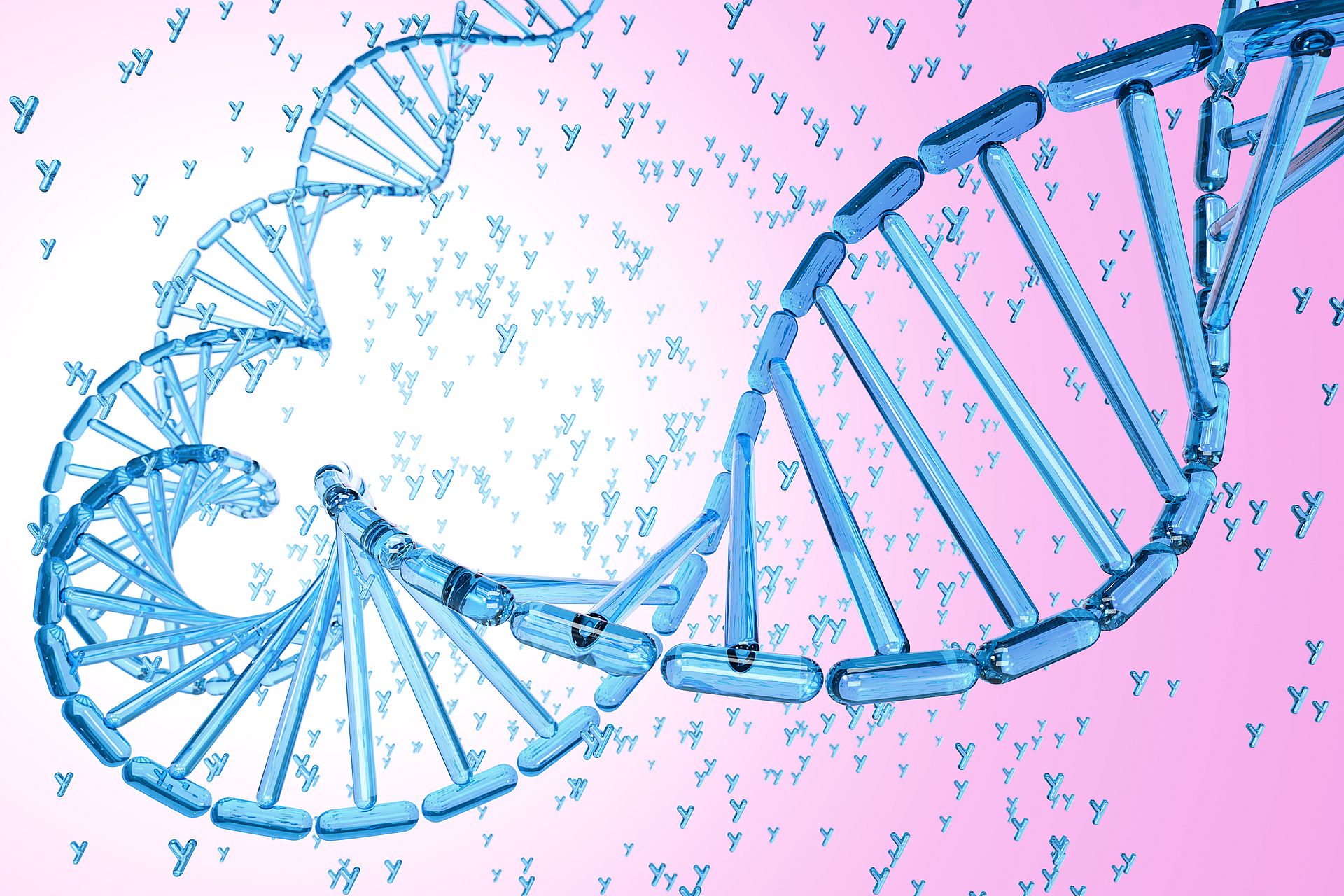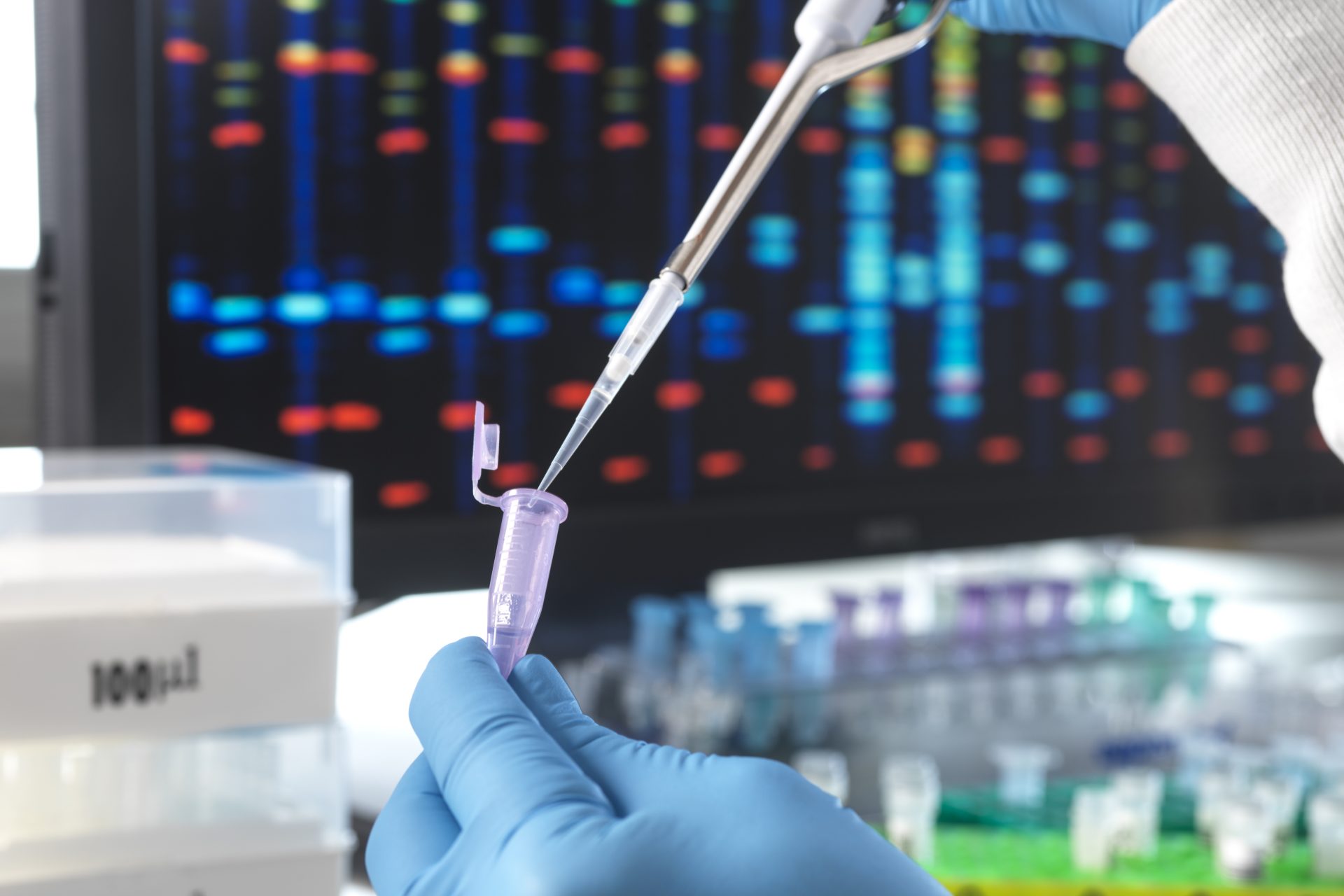Researchers found a link between pollution and the risk of autism spectrum disorder
Scientists have found a link between early exposure to pollutants and the risk of developing Autism Spectrum Disorder (ASD). Still, environmental factors only play a part.
"Different kinds of neurological disorders, including autism spectrum disorder, can be associated with," pollutants, Professor Haitham Amal, senior author of one study, told BBC's Science Focus.
Professor Amal is the author of only one study linking pollutants to ASD risk. In 2021, researchers published a meta-analysis of all investigations into the topic.
The study authors belonged to Harvard's T.H. Chan School of Public Health. They analyzed over 700 papers for seven significant research databases.
According to a Harvard press release, the researchers concluded that the risk was exceptionally high if exposure to pollutants occurred during the third trimester of pregnancy or early childhood.
Most of the studies looked into PM2.5 pollutants. According to the EPA, PM2.5 are fine inhalable particles with diameters generally 2.5 micrometers or smaller.
These particles are thirty times smaller than the diameter of a human hair. They can enter the body through the lungs and, as these investigations show, the placenta.
A 2023 study in Sweden analyzed the links between PM2.5 and ASD risk, looking at specific sources that pregnant women and young children are exposed to.
The study, published in Nature, examined 40,245 births in Scania, Sweden, from 2000 to 2009. It analyzed particles from "wood burning, tailpipe exhaust, and vehicle wear-and-tear."
The study concluded that there is a link between ASD risk and typical household PM2.5 pollutants during pregnancy. Still, it said that source-specific studies are scarce.
Professor Amal's study is more recent. Published in Brain Medicine in November 2024, it examined exposure to PMs, carbon monoxide, sulfur dioxide, nitric oxide, nitrogen dioxide, and ozone.
It also concluded that these environmental risks are substantial for children who have genes that put them at risk of developing neurological disorders.
"This interaction between genetic and environmental factors opens new avenues for understanding ASD's complex" causes, Professor Amal told Science Focus.
Researchers have clarified that environmental causes, like pollutants, are just one element in the complex puzzle of ASD, which science has not fully completed.
According to Science Focus, outside of these studies, researchers are still not sure what causes ASD. They have identified some genes, but environmental factors also contribute.
The magazine said that around 1 to 1.5 percent of the global population has autism spectrum disorder. The disorder is widespread, and in many cases, neurodivergent people are capable of leading whole lives.
More for you
Top Stories





























